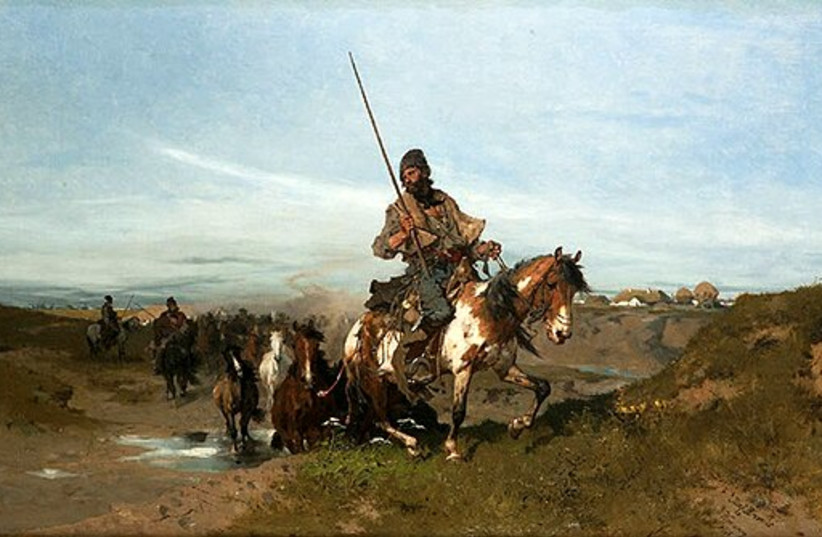New research into deposits found on seven different metal cauldrons dating as far back as 3700 BCE has shown that early populations of the Caucasian steppe during the Mykop period (3700-2900 BCE) consumed a meat-rich diet of primarily cows, sheep, deer, and goats as reported by ScienceDaily at the end of last week.
It has long been possible to use fat residue from pottery or proteins found on skeletal remains to figure out parts of the ancient diet. However, the most recent research has focused on metal utensils which preserve proteins far longer due to their antimicrobial properties.
“If proteins are preserved on these vessels, there is a good chance they are preserved on a wide range of other prehistoric vessels”
Shevan Wilkin, University of Zurich
The current research was originally published in the peer-reviewed iScience journal from Cell Press on Friday.
Samples included protein remnants from milk and muscle tissue including one, heat shock protein-1, which confirmed that the cauldron was used for cooking either bovine or deer meat. The finding of dairy proteins confirmed the milk-infused eating habits of these early steppe settlers.
These are also the oldest such vessels ever tested in this way. Radiocarbon dating puts them at 3520-3350 years old, more than 3,000 years older than previous artifacts studied.

Utensils were a status symbol in ancient society
Interestingly, the cauldrons also showed signs of having been repaired, leading the researchers to conclude that these utensils were considered valuable and a signal of the owner's wealth and status. “Mykop bronzer cauldrons of the fourth millennium BC are a rare and expensive item, a hereditary symbol belonging to the social elite” Viktor Trifonov from the Institute for the History of Material Culture explained.
ScienceDaily reported on plans to use this method and technology in future research. “If proteins are preserved on these vessels, there is a good chance they are preserved on a wide range of other prehistoric vessels”, the report cited Shevan Wilkin from the University of Zurich as saying.
